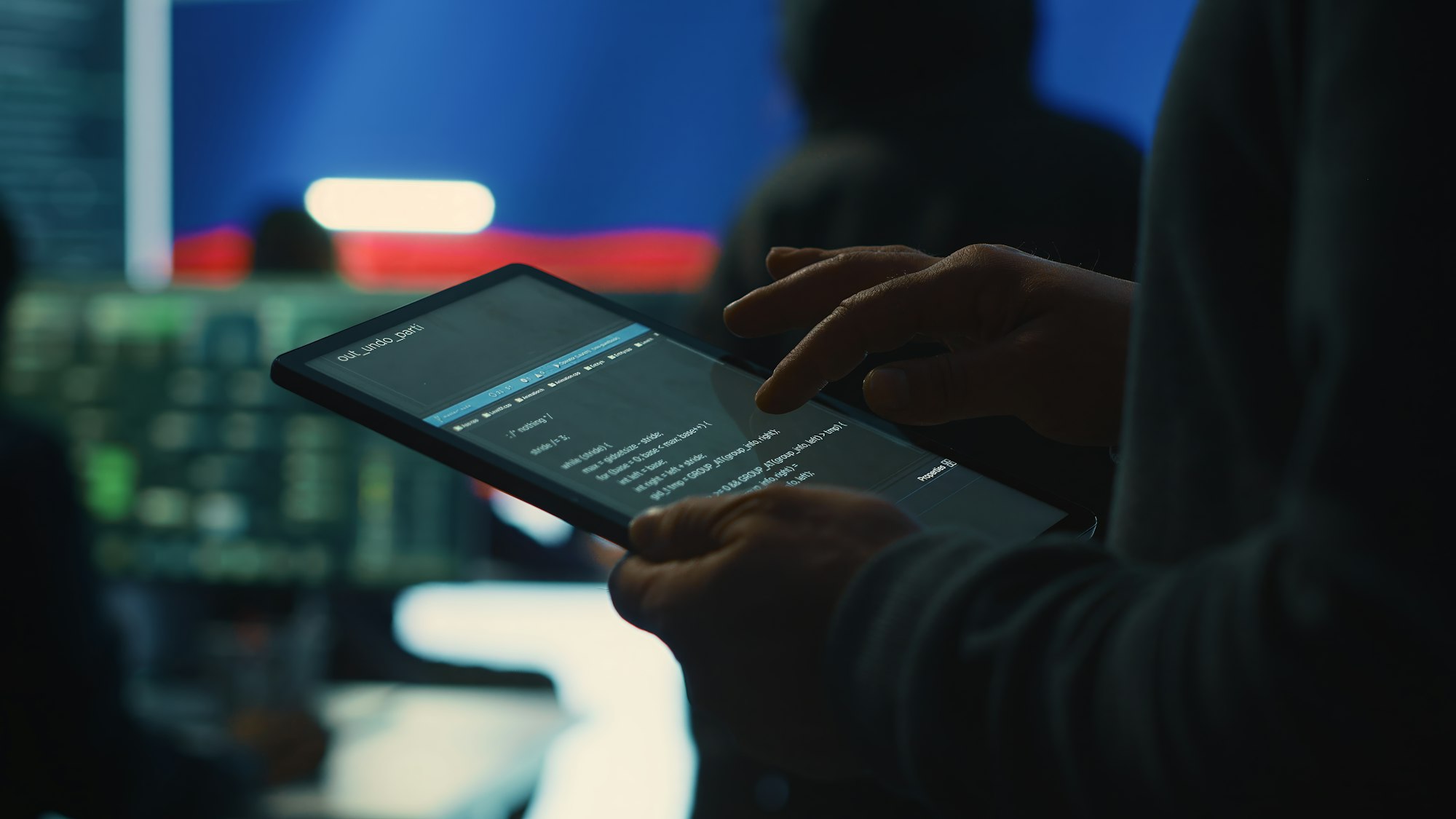What Happened?
The U.S. and its allies recently took down a high-tech Russian propaganda operation. This network was using advanced AI to run almost a thousand hidden accounts on the social media platform X. This shows a new level in using AI for spreading misleading information.

How Did They Do It?
The network was clever in avoiding detection by X’s security systems. It automated the process of grabbing one-time passcodes from emails to keep these hidden accounts active without getting caught.
Why Is This Important?
The use of AI in spreading false information is a big deal for everyone’s safety worldwide. AI can act like real people online, which makes it harder for social networks to spot fake accounts and misleading information. This event has made cybersecurity experts rethink how to protect digital spaces.
Closer Look at the AI Used
The AI used in this operation was really good at making interactions seem real, helping spread false information further and faster. This situation has led to a push for better security measures on social platforms.
Reaction from the World
Global cybersecurity groups are now working harder to find and stop AI-driven threats. They are improving their systems to better recognize AI activity and are working more closely with other countries to keep everyone safe.
This breakdown explains the recent shutdown of a Russian AI-driven propaganda network by U.S. and allied forces, highlighting the role of AI in international misinformation campaigns and its impact on global cybersecurity.

Frequently Asked Questions (FAQ)
1. What made this Russian propaganda network different from others?
This network stood out because it used advanced artificial intelligence to operate almost a thousand covert accounts on the social platform X. The AI allowed the network to mimic human behavior, making it harder to detect and significantly more effective at spreading disinformation.
2. How did the AI-driven bot farm avoid detection by social media security measures?
The bot farm used sophisticated techniques to bypass X’s authentication processes. It automated the capture of one-time passcodes sent to registered email addresses, enabling it to maintain the operation of the covert accounts without being flagged or shut down by security systems.
3. What are the implications of this incident for global cybersecurity?
This incident highlights the growing role of AI in espionage and propaganda, posing new challenges for cybersecurity. It underscores the need for more robust detection mechanisms and increased international cooperation to counter AI-driven threats. Cybersecurity agencies are now focusing on enhancing AI detection algorithms and developing better strategies to prevent similar operations in the future.
Sources The Washington Post


